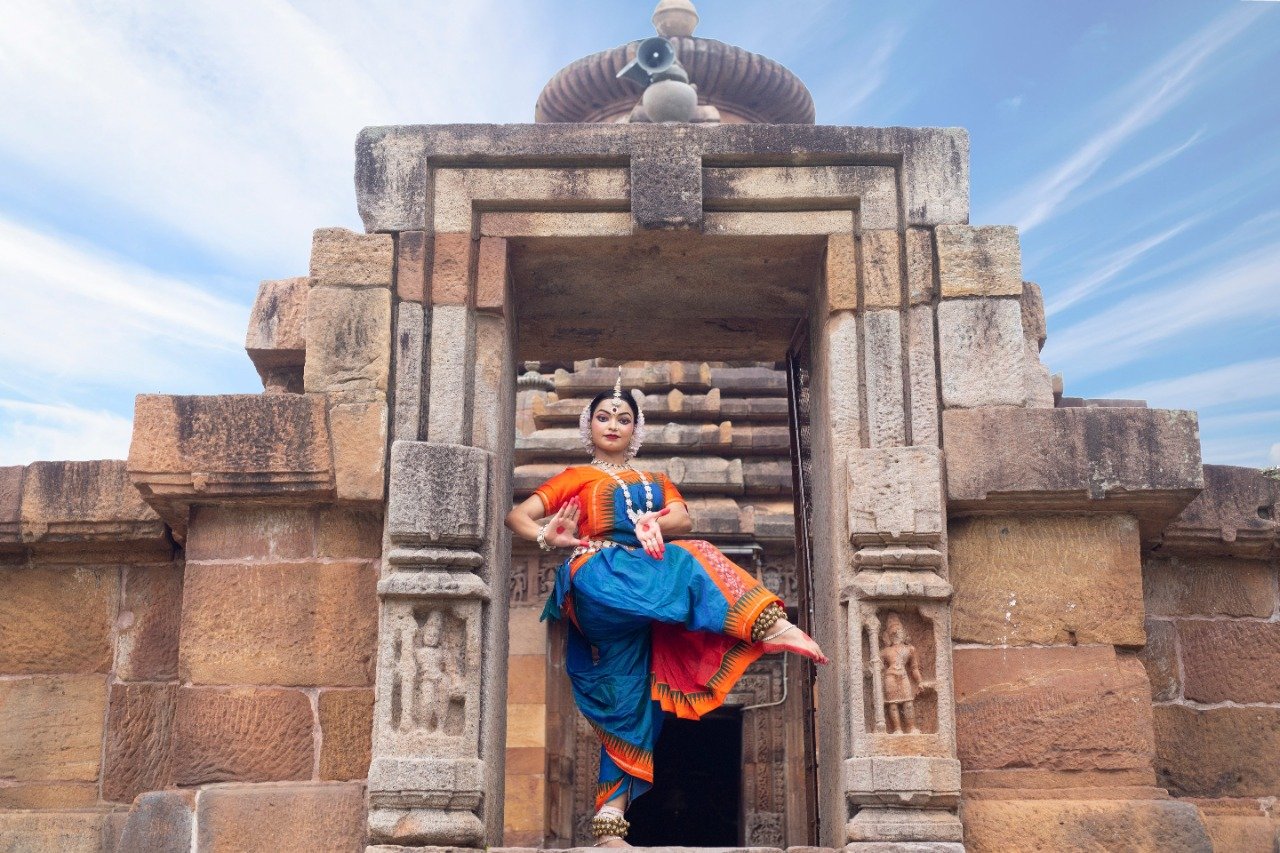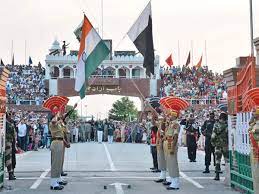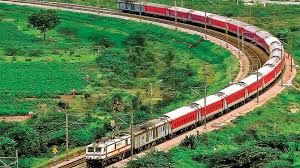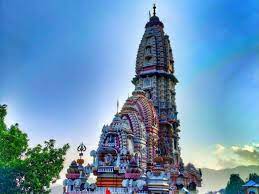TOUR OF INDIAN CLASSICAL DANCE FORMS

India is one ethnically affluent
nation, where approximately every state has its personal language, cuisine,
music, and dance forms. During the prehistoric era in India, art has been
described as essential for man. Indian art and culture have an approximately
miraculous value as it conveys you to a bygone period and creates every
prospect to come lively.
India has
millennium-aged customs of conventional dance forms. It has been an affluent
and antique ritual in India ever since its primeval days. Long-established
dance is executed by amalgamating expressions and premises from communal survival
and awareness. Lord Shiva is called 'Nataraja' i.e. sovereign of all dances who
balance existence and bereavement and all this happens in harmonious cycles in
the universe. So let's share some knowledge about classical Indian dances.
1. BHARATANATYAM DANCE
Bharatanatyam
is an extremely wide variety of Indian classical dance. Originated and
urbanized from the temples in and around Tamil Nadu. By tradition,
Bharatanatyam is an exceptional dance form, performed mostly by a woman. It is
well-known for its unique poses. A steady upper torso and bent legs with stable
knees give an idiosyncratic look to its posture. Its extraordinary pointed language
grammar gives it a special look. This
dance form is India's foremost classic dance to be modified as a theatre skill
and also be showcased extensively all over the globe.
2. KATHAK DANCE
The chief
classical dance form of North India - Kathak is largely practiced in Uttar
Pradesh and Rajasthan in India. This dance form is set up in three assortments.
Derived from the Sanskrit word Katha, which factually means to
narrate a story and story readers in the Sanskrit language, is known as "Kathak". It is assumed to be
associated with the Kathakars (storytellers) who from the prehistoric era
recited tales from sacred epics like Ramayana and Mahabharata and legendary writings
to the ordinary public and danced to give an inventive look to their story. Kathak is performed through the gesticulations of
feet, hands, and eyes. In this dance, particular concentration is paid to the
twitching and rotation of the feet and also to the rhythm.
3. KUCHIPUDI DANCE
Originated
in the Krishna region of Andhra Pradesh, India, Kuchipudi is a renowned form
of classical dance. In traditional Kuchipudi dance, all the artists were
Brahmin men adapting the form of women during the performance. The area of proficiency
of Kuchipudi dance is that the performers dance it by placing their feet on a
brass plate and placing an urn filled with water on their heads. Each performer
in the Kuchipudi dance has a song for the entrance, through which he/she
introduces him/her.
4. MANIPURI DANCE
It is known
as Manipuri Dance for the reason that its origin is from Manipur. Manipuri
dance has sixty-four types of rasas
and is more reclusive than other dance forms of India. It is performed by a
dance group, in which all are fully clad in a distinctive kind of outfit Kumil. The postures of the dancers in
Manipuri dance are generally based on the hands and upper parts of the body.
There is minor mouth poses in it.
5. ODISSI DANCE
Odissi dance originated in the state of Orissa in eastern India from the devadasis who
performed in temples. This dance form was mostly performed by the women on the
basis of spiritual values. In this dance, special attention is given to organ,
eye, cervical, hand, and foot operation. In this, the organ operation is very gentle
and beautiful.
6. KATHAKALI DANCE
The
introduction of this classical dance is seen in Kerala around the seventeenth
century under the patronage of a prince of Karnataka. Kathak means tale and
Kali means presentation therefore, it is an art form of narrating stories in an
exacting way like Kathak. The act of the actor in Kathakali drama is entirely
speechless; the tale is told using facial expressions and hand gestures. In
this, the song is sung on the stage by the choral group who keep track of the
time, rhythm on the bell, and majire while pair of drummers is present on the
stage.
7. MOHINIYATTAM DANCE
Mohiniyattam
dance is invented and developed in Kerala. It was performed in the temples of
Kerala. This dance incorporates basics from both Bharatanatyam and Kathakali. In
this dance form Lasya technique is used, which is explained in Natya-shastra. In the Lasya style, exceptionally
restrained expressions are characterized by diverse postures. It is principally
a solo dance form, which women have to work hard to learn. The dancers have to
wear an off-white plain saree, embroidered with gold lace or brocade stitched
on the borders. The frontage of the saree has a pleated cloth, having saffron
or golden colored bands, starting from the waist.
8. SATTRIYA DANCE
Sattriya
dance form was born amid the Vaishnavas in the Sattras of Assam around the 15th
century. It was primarily based on the leisure times of Lord Krishna. This
Indian classical dance is based on the urbanized language of hand gestures, the
use of steps, movement, expression, and performances. Prior it was performed
only by men, but in the present, it is also carried out by women. This dance is
performed with musical instruments. In this performance, the pilot singer sings
and narrates the stories whereas a tiny set of dancers dance while playing
cymbals.
9. CHHAU DANCE
Chhau is the
foremost dance tradition of Eastern India. It is extensive in the tribal area adjacent to the territories of Orissa, Jharkhand, and West Bengal in eastern India. It was made up of home-grown styles of dance and warfare practices. Khelas (shown fighting techniques), chalis and topkas
(movements in the style of birds and animals), and uplis (gestures based on the daily chores of a village housewife)
constitute the fundamental vocabulary of Chhau dance. Its attire consists of pyjamas in yellow or
deep green or red shade worn by the dancers playing the role of gods. Those
playing the role of demons wear loose trousers of a deep black shade.
You may like post

BALLET THROUGH TIME
DISCOVER THE ART OF BALLET IN OUR ARTICLE

VISITORs GUIDE TO WAGAH BORDER
Know all the important information about the parade ceremony that takes place on the border between Attari, India and Wagah, Pakistan.








